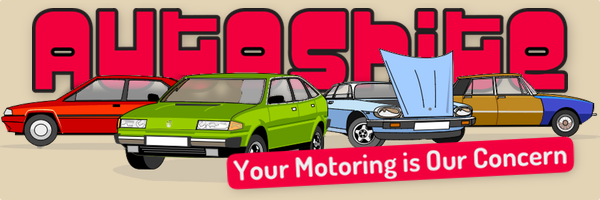Missed Opportunities: Cars that ALMOST made it to America, but didn't
-
Similar Content
-
80s cars that didn't rust 1 2 3
By grogee,
- 73 replies
- 6,933 views
-
If Autoshite made a car
By Dyslexic Viking,
- 13 replies
- 1,140 views
-
- 42 replies
- 4,790 views
-
320touring and the car that didn't want to be collected... A hopeful* collect thread 1 2
By 320touring,
- 32 replies
- 2,272 views
-
- 9,415 replies
- 1,129,048 views
-






Recommended Posts
Create an account or sign in to comment
You need to be a member in order to leave a comment
Create an account
Sign up for a new account in our community. It's easy!
Register a new accountSign in
Already have an account? Sign in here.
Sign In Now